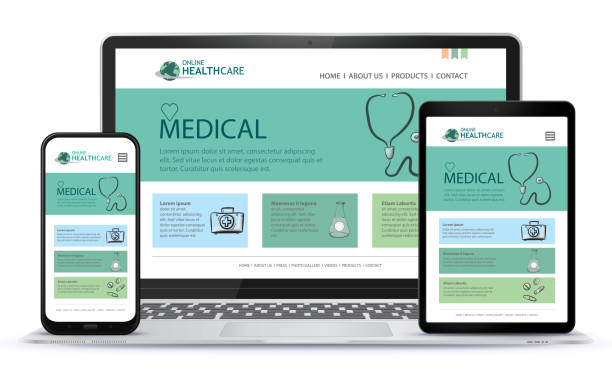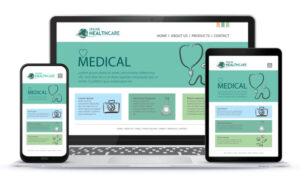Healthcare websites can be a powerful tool for improving patient volume and revenue. A good design can boost traffic and onsite conversion. Here are some examples of effective healthcare websites. Rush’s website strikes the right balance between user-friendliness and conversion. And, it’s mobile-responsive. In 2019, this is one of the top websites for healthcare. Its design supports measurable increases in patient volume and revenue. In addition, it’s ADA-compliant and easy-to-navigate.
Conversion-focused
Conversion-focused healthcare website design means adding features that make a patient’s experience more seamless. For example, your website should provide a convenient way for patients to schedule an appointment. This makes the entire process easier for patients and encourages more conversions. The process shouldn’t require a patient to create an account; they should simply enter their information and schedule the appointment directly on your website.
The key to an excellent healthcare website design is striking the right balance between conversion goals and esthetics. Ideally, you should be able to make your content stand out from the rest of the website without distracting from it with distracting visuals. This way, you can improve your conversion rate and attract more qualified traffic.
Mobile-responsive
If you want your healthcare website to be noticed on the web, you need to use mobile-responsive design. This is because most internet users are using their mobile devices to search for information. Google will index and rank your website based on its mobile performance. If your site is not mobile-responsive, you will fall behind your competitors.
A healthcare website that isn’t mobile-friendly shows a lack of credibility and trust. While the idea behind creating an online presence is to expand your credibility and build your reputation as a reliable healthcare provider, a non-responsive site only serves to discredit your brand. Patients who can’t access your website or are dissatisfied with it are unlikely to return, and your website will lose potential revenue and patient referrals.
Easy to navigate
Choosing a design that is easy to navigate is crucial for healthcare websites. There is no need to make your site look cluttered, but visitors should be able to easily find information without any trouble. You should choose a simple, easy-to-read font and use contrasting colors to stand out from the background. Ensure that your call to action is the only element above the fold.
Your website should contain a payment portal so that users can make payments on the spot. Many consumers expect to find their payment methods on a healthcare website, so it is essential to include this information. You can use Stax, a web service that allows medical practices to accept payments online and create custom billing plans, as well as Square or Payment Depot.
ADA compliant
An ADA-compliant website design benefits all website users. For example, people with vision impairments can have trouble reading text on a website if it doesn’t have a high contrast. A good example is a movie subtitle, where white text on a bright background is unreadable. WCAG 2.0 requires websites to have a contrast ratio of at least 4:1 between text and background colors. Adding alternative text, audio or video, and increased spacing can make a website more accessible for all users.
As you might imagine, ADA compliance extends to the way healthcare websites are designed. Websites that meet these standards are more likely to improve the reputation of your healthcare organization online. For example, it boosts your SEO ranking and improves the user experience for people with disabilities.
Elegant
Whether you have a website for a clinic, health center, or hospital, you may be looking for some new ideas to improve your healthcare website. The right design can make a difference. A healthcare website should be easy to navigate and easy to access. Listed below are some ideas for website design that will make it easier for patients to find what they are looking for.
A healthcare website can use bold colors to attract visitors, while a simple design can give patients the information they need. A playful interface is also important in the healthcare industry, and the images on this site are perfect for attracting younger patients. However, a professional undertone is still apparent.











































